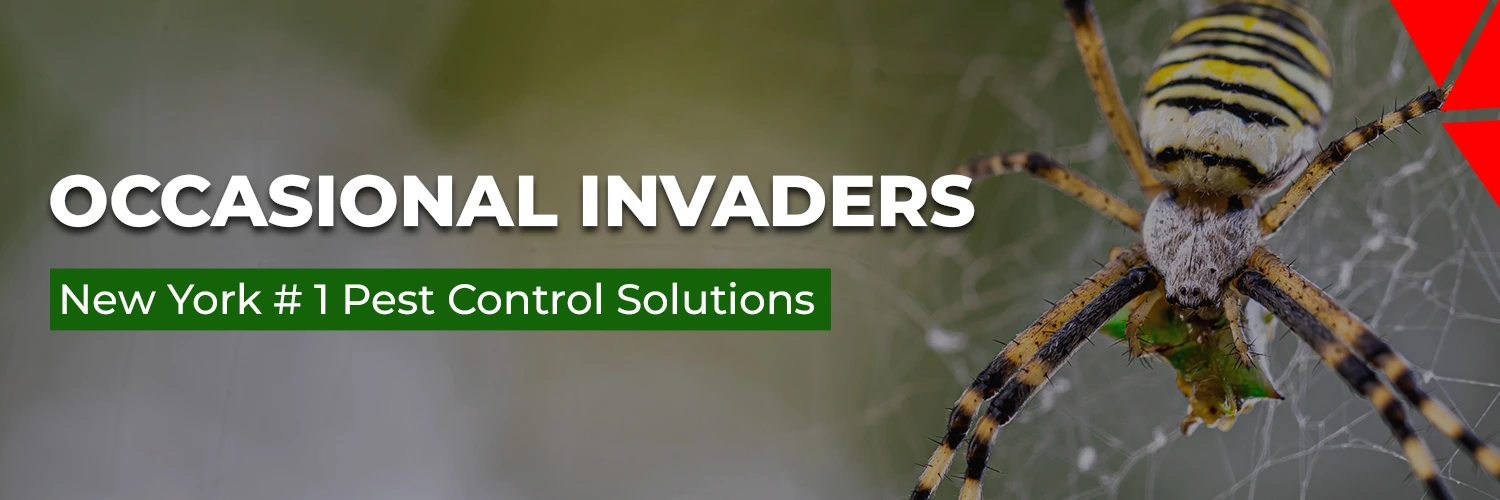

Occasional Invaders
Unwanted houseguests? Best@Pest NYC tackles occasional invaders in your Big Apple abode!
Spider Control NYC
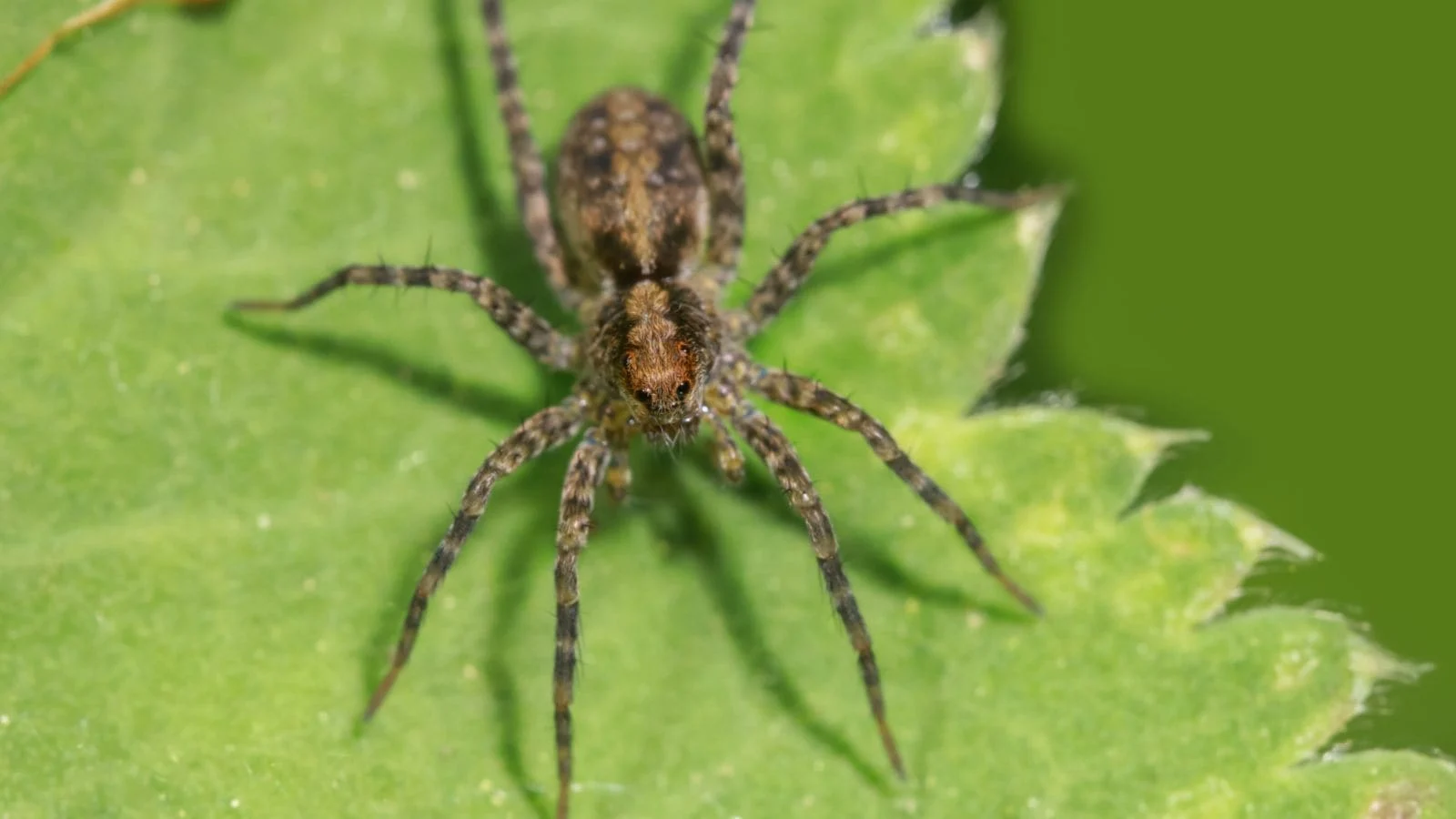
Other Invaders
Hidden Seasonal Invaders Lurking Around the Corner

European earwig
The European earwig is a long, brown insect with pincers on its tail. It is found in North America and Europe. European earwigs are not typically dangerous to humans, but they can be a nuisance pest. They can damage plants and they can also crawl into people's ears. If you see European earwigs in your home, you can try to remove them yourself, but it is best to call a pest control professional if you have a large infestation.
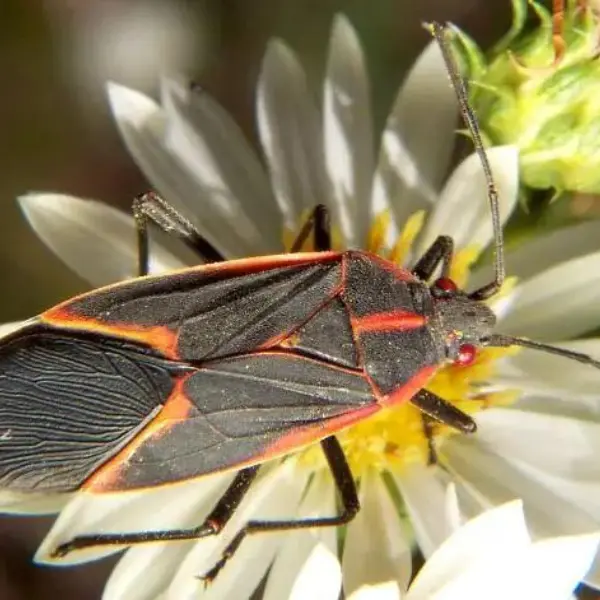
Boxelder bug
The boxelder bug is a black bug with red markings. It is found in North America and Europe. Boxelder bugs are attracted to warm places, such as homes and buildings. They can be a nuisance pest, but they are not typically dangerous to humans. Boxelder bugs can damage trees and shrubs, and they can also stain walls and furniture. If you see boxelder bugs in your home, you can try to remove them yourself, but it is best to call a pest control professional if you have a large infestation.
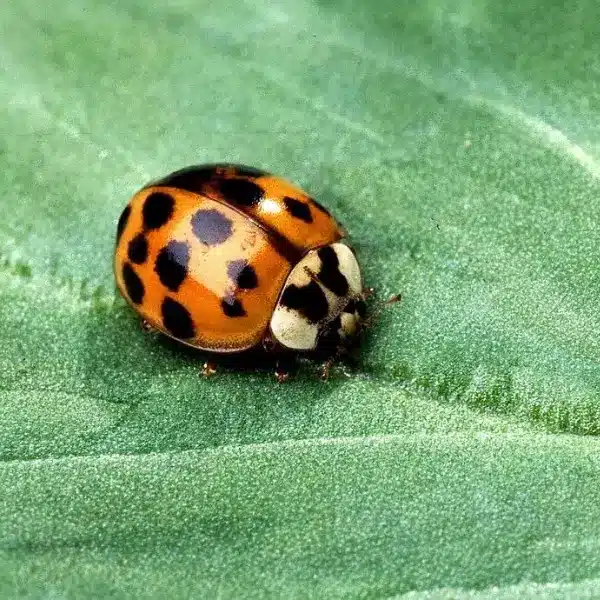
Multicolored Asian lady beetle
While ladybugs are beneficial predators in gardens, they can become a nuisance when they invade homes and buildings in search of warmth and shelter during the winter months. They can congregate in large numbers on walls, windows, and ceilings, and their tiny bodies can stain surfaces when crushed.
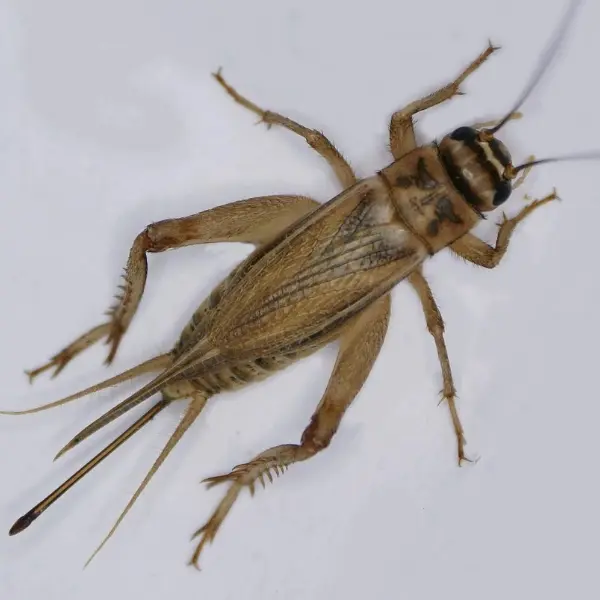
Cricket
Crickets in the Northeast? It's not just a summer evening soundtrack! These chirping insects can become unwelcome guests in homes and businesses throughout New York and New Jersey, causing more than just a nighttime serenade. While not directly harmful to humans, their presence can be a nuisance and even lead to property damage.
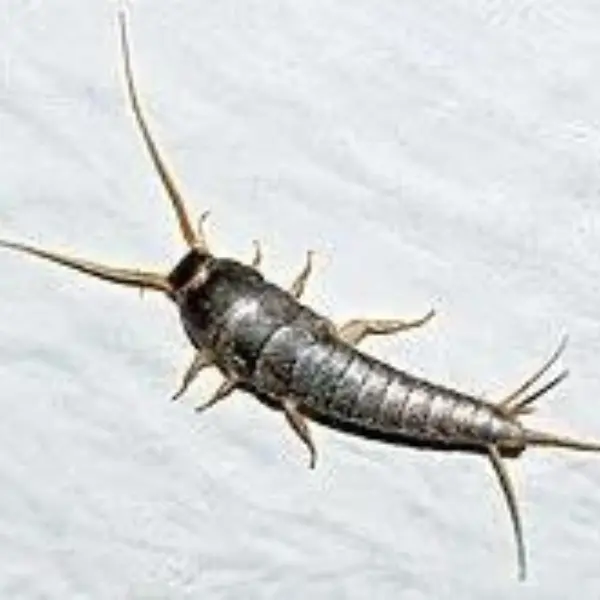
Silver Fish
Those shiny, silver-scaled insects scurrying across your bathroom floor? Meet the silverfish, a common nuisance pest in New York and New Jersey. While not harmful to humans, these fast-moving creatures can wreak havoc on your belongings and leave you feeling grossed out.
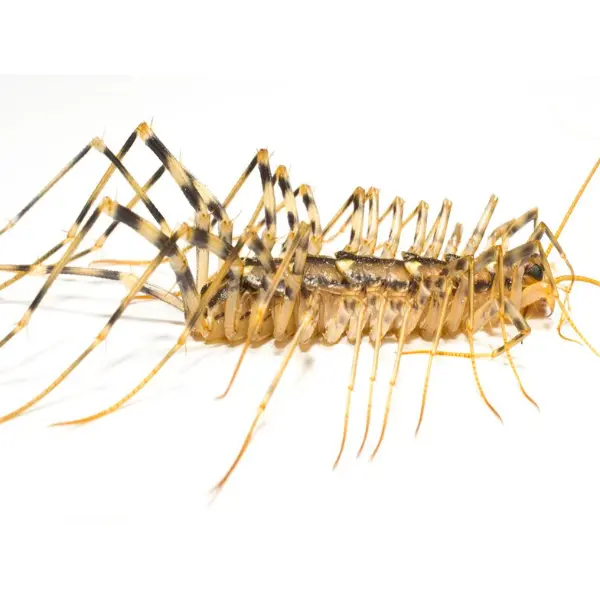
Centipedes
Centipedes are long, thin insects with many legs. They can be found in dark, damp places, such as basements and crawl spaces. Centipedes are not typically dangerous to humans, but their bite can be painful. If you see a centipede in your home, it is best to call a pest control professional to remove it.

Millipedes
Millipedes might not bite, but they can become unwelcome guests in your New York or New Jersey home. These long, worm-like creatures slither in seeking moisture and shelter, often during heavy rain or colder months. While harmless, their large numbers and presence can be unsettling.
Keeping Occasional Invaders Out
Your 7-Step Guide
Occasional invaders are pests that typically enter buildings in search of food, water, or shelter. Common occasional invaders include centipedes, millipedes, earwigs, and silverfish. Controlling occasional invaders involves both preventive measures and pest control strategies i.e active pest control and green pest control. Here are some steps you can take to manage occasional invaders:
01.
Seal entry points
Inspect your home for any cracks, gaps, or openings and seal them to prevent pests from entering. Pay special attention to areas around doors, windows, pipes, and utility entrances.
02.
Reduce moisture
Occasional invaders are often attracted to damp environments. Fix any leaky pipes, improve ventilation in damp areas, and consider using a dehumidifier to reduce moisture levels.
03.
Remove outdoor debris
Keep the area around your home clear of leaf litter, mulch, and other organic debris, as these can provide hiding places and food sources for occasional invaders.
04.
Clean regularly
Regular cleaning can help eliminate food sources for occasional invaders. Pay attention to areas where crumbs and food particles may accumulate.
05.
Use insecticides
If occasional invaders become a persistent problem, consider using insecticides labeled for use against these pests. Follow the instructions carefully and consider hiring a professional pest control service for best results.
06.
Implement traps
Sticky traps and other types of traps can help capture occasional invaders and reduce their populations indoors.
07.
Seal entry points
Inspect your home for any cracks, gaps, or openings and seal them to prevent pests from entering. Pay special attention to areas around doors, windows, pipes, and utility entrances.
